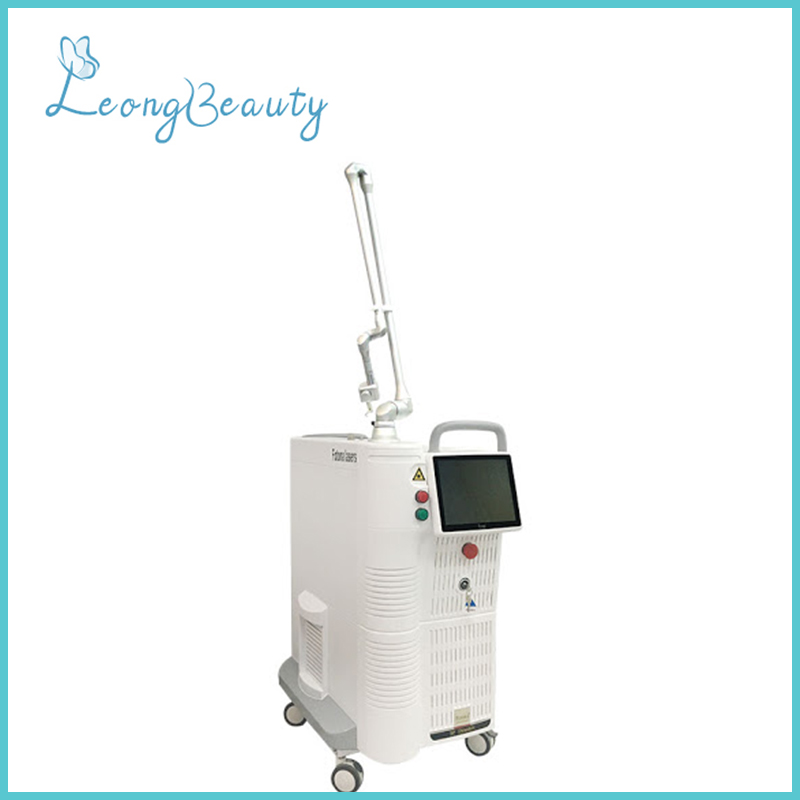The
lasers used to illuminate the world's optical communication networks are usually made of erbium-doped fibers or III-V semiconductors, because these
lasers can emit infrared wavelengths that can be transmitted through optical fibers. However, at the same time, this material is not easy to integrate with traditional silicon electronics.
In a new study, scientists in Spain said that in the future they are expected to produce infrared lasers that can be coated along optical fibers or deposited directly on silicon as part of the CMOS manufacturing process. They have demonstrated that colloidal quantum dots integrated in a specially designed optical cavity can generate
laser light through an optical communication window at room temperature.
Quantum dots are nano-scale semiconductors containing electrons. The energy levels of electrons are similar to those of real atoms. They are usually manufactured by heating colloids containing chemical precursors of quantum dot crystals, and have photoelectric properties that can be adjusted by changing their size and shape. So far, they have been widely used in various devices, including photovoltaic cells, light-emitting diodes, and photon detectors.
In 2006, a team from the University of Toronto in Canada demonstrated the use of lead sulfide colloidal quantum dots for infrared lasers, but it must be done at low temperatures to avoid thermally exciting the Auger recombination of electrons and holes. Last year, researchers in Nanjing, China reported on infrared lasers produced by dots made of silver selenide, but their resonators were quite impractical and difficult to adjust.
In the latest research, Gerasimos Konstantatos of the Barcelona Institute of Technology in Spain and his colleagues relied on a so-called distributed feedback cavity to achieve infrared lasers at room temperature. This method uses a grating to limit a very narrow wavelength band, resulting in a single laser mode.
To make the grating, the researchers used electron beam lithography to etch patterns on the sapphire substrate. They chose sapphire because of its high thermal conductivity, which can take away most of the heat generated by the optical pump-this heat will cause the laser to recombine and make the laser output unstable.
Then, Konstantatos and his colleagues placed a lead sulfide quantum dot colloid on nine gratings with different pitches, ranging from 850 nanometers to 920 nanometers. They also used three different sizes of quantum dots with diameters of 5.4 nm, 5.7 nm, and 6.0 nm.
In a room temperature test, the team demonstrated that it can generate lasers in the communication c-band, l-band, and u-band, from 1553 nm to 1649 nm, reaching full width, half the maximum value, as low as 0.9 meV. They also found that due to the n-doped lead sulfide, they can reduce the pumping intensity by about 40%. Konstantatos believes that this reduction will pave the way for more practical, lower-power pump lasers, and may even pave the way for electrical pumping.
As for potential applications, Konstantatos said that the quantum dot solution may bring new CMOS integrated laser sources to achieve cheap, efficient and fast communication within or between integrated circuits. He added that considering that infrared lasers are considered harmless to human vision, it may also improve lidar.
However, before lasers can be put into use, researchers must first optimize their materials to demonstrate the use of lasers with continuous wave or long pulse pump sources. The reason for this is to avoid the use of expensive and bulky sub-picosecond lasers. Konstantatos said: "Nanosecond pulses or continuous waves will allow us to use diode lasers, making it a more practical setting."

